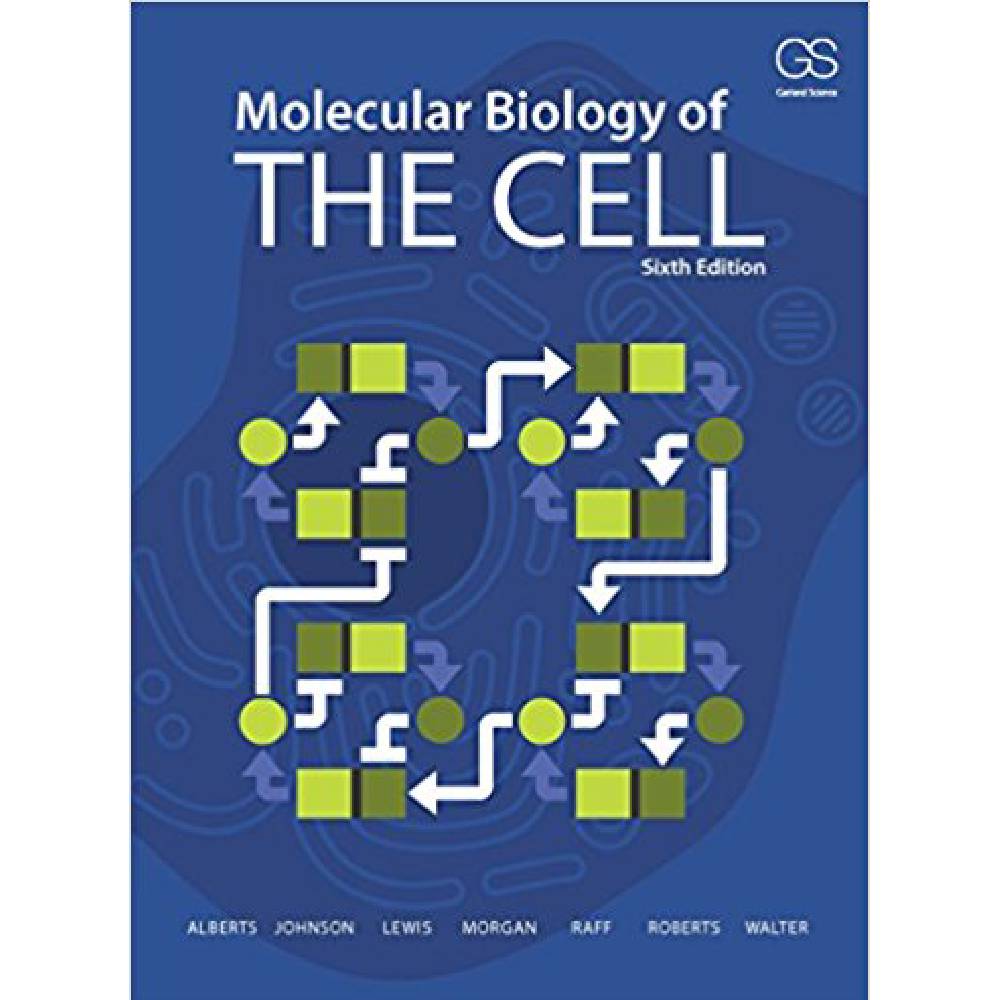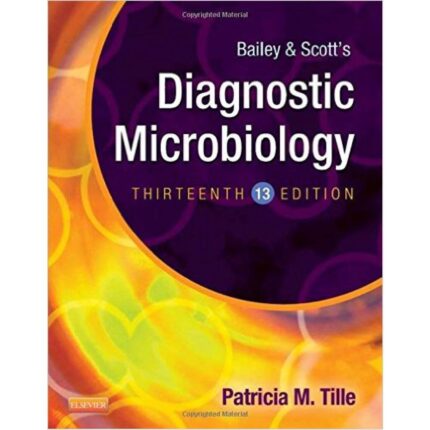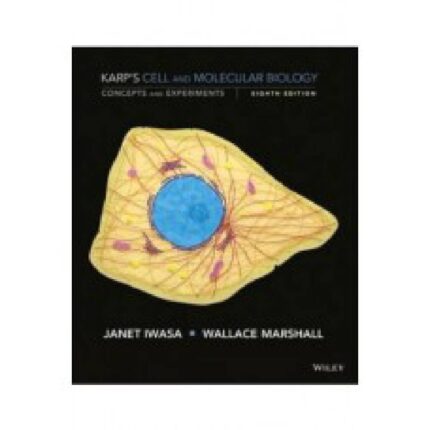1. The permeability of a protein-free lipid bilayer to various molecules depends on their properties. Sort the following in order of low to high permeability from left to right. Your answer would be a six-digit number composed of digits 1 to 6, e.g. 123456.
(A) O2
(B) ATP
(C) RNA oligonucleotide
(D) Na+
(E) Glucose
(F) Urea
2. Why do cells not have membrane transport proteins for O2?
A. Because they need to keep the oxygen concentration low inside the reducing environment of the cell.
B. Because oxygen can dissolve in water and leak in via water channels.
C. Because oxygen can dissolve in the lipid bilayer and diffuse in and out rapidly without the need for a transporter.
D. Because oxygen is transported in and out of the cell in special oxygen-carrying proteins such as hemoglobin.
E. Because oxygen transport across a membrane is energetically unfavorable.
3. For which of the following ions is the intracellular concentration typically higher than the extracellular concentration?
A. Sodium
B. Calcium
C. Magnesium
D. Potassium
E. Chloride
4. Imagine a small synthetic vesicle made from pure phospholipids enclosing an interior lumen containing 1 mM glucose and 1 mM sodium chloride. If the vesicle is placed in pure water, which of the following happens faster?
A. Na+ diffuses out.
B. Cl– diffuses out.
C. H2O diffuses in.
D. Glucose diffuses out.
E. Sodium chloride diffuses out.
5. In contrast to transporters, the channel proteins in cellular membranes …
A. interact strongly with the solute(s) that they transport.
B. undergo a conformational change every time they transport a solute.
C. can only mediate passive transport.
D. form pores that are always open.
8. The lactose permease in Escherichia coli is an H+–lactose symporter that mediates the inward active transport of lactose if this sugar is present in the environment instead of glucose. Which of the following is true about this transporter?
A. It has a twofold pseudosymmetrical structure.
B. Lactose and H+ bind to two different conformations of the transporter.
C. The transporter goes through an intermediate state in which the bound lactose is open to both sides of the membrane.
D. If lactose and H+ concentrations are changed sufficiently, the transporter can act as an H+–lactose antiporter.
E. All of the above.
9. Which of the following normally functions to lower the pH of the cytosol?
A. A Na+–H+ exchanger in the plasma membrane.
B. A Na+-driven Cl––HCO3– exchanger in the plasma membrane.
C. A Na+-independent Cl––HCO3–exchanger in the plasma membrane.
D. A V-type ATPase in the lysosomal membrane.
E. Both answers A and B above.
10. Many amino acids in our diet are absorbed via the transcellular transport pathway by the intestinal epithelial cells. This process requires ATP hydrolysis by …
A. the Na+–amino acid symporters in the apical domain of the plasma membrane.
B. the Na+–amino acid antiporters in the apical domain of the plasma membrane.
C. the Na+-K+ pumps in the basal and lateral domains of the plasma membrane.
D. the amino acid carriers in the basal domain of the plasma membrane.
E. F-type ATPases in the apical domain of the plasma membrane.
11. This family of ATPases is structurally related to the turbine-like pumps that acidify lysosomes and vesicles; however, they usually function in reverse, generating ATP from ADP and Pi using proton gradients across membranes. What are they called?
A. P-type pumps
B. ABC transporters
C. V-type pumps
D. F-type pumps
E. Permeases
12. Indicate whether each of the following descriptions matches an ABC transporter (A), a P-type pump (P), or a V-type pump (V). Your answer would be a five-letter string composed of letters A, P, and V only, e.g. PPVVV.
( ) The pumps in this family are phosphorylated at a key Asp residue in each transport cycle.
( ) This family is the largest among membrane transport proteins and includes some channels as well as pumps.
( ) The pumps in this family are responsible for the acidification of synaptic vesicles.
( ) The sodium-potassium pump is a member of this family.
( ) The multidrug resistance protein is a member of this family.
13. Which of the following transporters is NOT electrogenic?
A. Na+–glucose symporter
B. Ca2+-pump
C. Na+-K+ pump
D. Na+-independent Cl––HCO3– exchanger
E. Bacteriorhodopsin
14. Most eukaryotic ABC transporters are involved in exporting small molecules from the cytosol. In this subset of the ABC transporters, does the small molecule bind better to the ATP-bound (B) or the ATP-free (F) transporter? Write down your answer as B or F. Hint: The ATP-bound transporter “faces outward.”
Answers
1. Answer: CBDEFA
Difficulty: 2
Section: Principles of Membrane Transport
Feedback: The permeability of the membrane to a molecule depends on various factors. The relative hydrophobicity of a molecule and its size are two important factors: the smaller and more hydrophobic a molecule, the higher the permeability.
2. Answer: C
Difficulty: 1
Section: Principles of Membrane Transport
Feedback: The diffusion of oxygen through the bilayer is already extremely fast and therefore there is no need for membrane transport proteins.
3. Answer: D
Difficulty: 2
Section: Principles of Membrane Transport
Feedback: The concentration of potassium inside a typical mammalian cell is more than 20 times higher than that outside. The other ions are usually more concentrated outside the cell.
4. Answer: C
Difficulty: 2
Section: Principles of Membrane Transport
Feedback: If the solute concentration inside the vesicle is too high, the rapid influx of water can even burst the vesicles.
5. Answer: C
Difficulty: 2
Section: Principles of Membrane Transport
Feedback: Channels interact weakly with the solutes, resulting in faster transport rates compared to transporters. They do not change their conformation in every transport cycle, but they do have mechanisms for the opening and closing of their pores. Transport through channels is always passive.
6. Answer: A
Difficulty: 3
Section: Transporters and Active Membrane Transport
Feedback: Transporters resemble enzymes in their mechanism and kinetics. Cocaine in this example is called a competitive inhibitor of the transporter.
7. Answer: E
Difficulty: 3
Section: Transporters and Active Membrane Transport
Feedback: In secondary active transport, a transporter can use the energy from the transport of one solute down its electrochemical gradient to drive the transport of another solute against its electrochemical gradient. However, pumping all of the solutes against their electrochemical gradients requires an external energy source and is known as primary active transport.
8. Answer: A
Difficulty: 2
Section: Transporters and Active Membrane Transport
Feedback: Transporters share structural features that can explain their function as well as their evolution. Permeases such as lactose permease have a twofold pseudosymmetrical structure. In the case of lactose permease, which is a symporter, binding to both solutes happens in one conformation (outward-facing), and transition to the other conformation occurs without exposing the solutes simultaneously to both sides of the membrane.
9. Answer: C
Difficulty: 2
Section: Transporters and Active Membrane Transport
Feedback: The Na+–H+ exchanger and the Na+-driven Cl––HCO3– exchanger in the plasma membrane help pump out protons from the cytosol (increase the cytosolic pH), and the latter exchanger also neutralizes cytosolic protons by bringing in bicarbonate ions. On the other hand, the Na+-independent Cl––HCO3–exchanger, which is activated at high pH, helps lower the pH by transporting bicarbonate ions out of the cell down their electrochemical gradient.
10. Answer: C
Difficulty: 2
Section: Transporters and Active Membrane Transport
Feedback: The Na+-K+ pumps in the basal and lateral domains of the plasma membrane of the epithelial cells establish a gradient of sodium ions that drives the unidirectional transport of amino acids and sugars from the intestinal lumen into the bloodstream.
11. Answer: D
Difficulty: 2
Section: Transporters and Active Membrane Transport
Feedback: The F-type pumps usually function in reverse, and are responsible for the majority of ATP production in our cells.
12. Answer: PAVPA
Difficulty: 2
Section: Transporters and Active Membrane Transport
Feedback: P-type pumps (e.g. the Na+-K+ pump) phosphorylate a key aspartic acid residue of their phosphorylation domain in each transport cycle. The ABC superfamily is the largest among membrane transport protein families and is of great clinical importance, as exemplified by the multidrug resistance (MDR) protein. Vesicle acidification is normally performed by V-type ATPases.
13. Answer: D
Difficulty: 2
Section: Transporters and Active Membrane Transport
Feedback: The Na+-independent Cl––HCO3– exchanger transports one negative charge in and one out in each round of transport, and is therefore not electrogenic.
14. Answer: F
Difficulty: 3
Section: Transporters and Active Membrane Transport
Feedback: In most eukaryotic ABC transporters, the substrate binds to the inward-facing ATP-free state of the transporter, which then binds ATP to face outward and release the substrate. Thus, most eukaryotic ABC transporters function as exporters.
15. Answer: B
Difficulty: 2
Section: Transporters and Active Membrane Transport
Feedback: The multidrug resistance protein is an ABC transporter that binds to and hydrolyzes two ATP molecules for the transport of each substrate. The cystic fibrosis transmembrane conductance regulator protein is also an ABC superfamily member, but it is a channel and hydrolyzes ATP just for gating.













Reviews
There are no reviews yet.